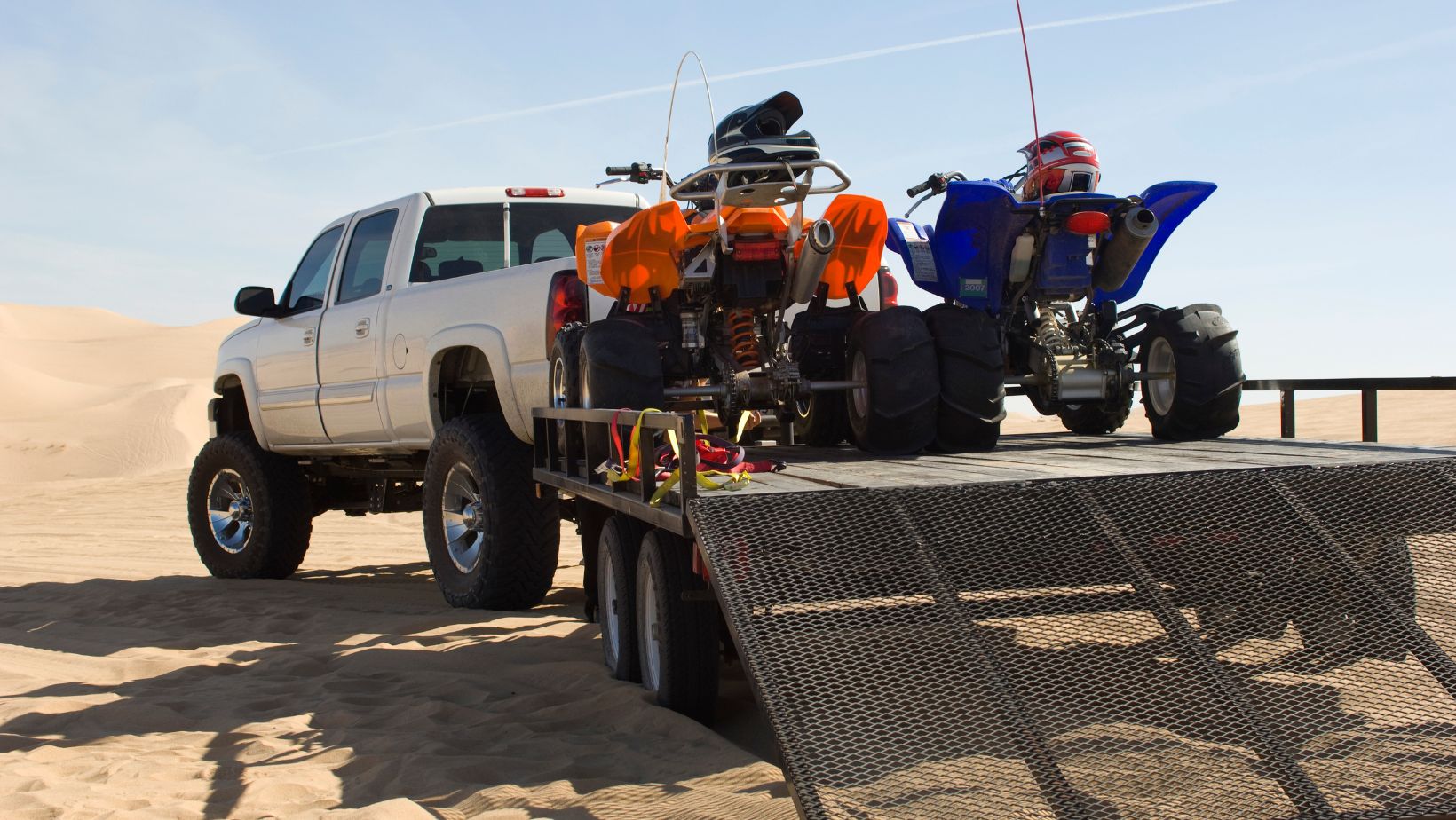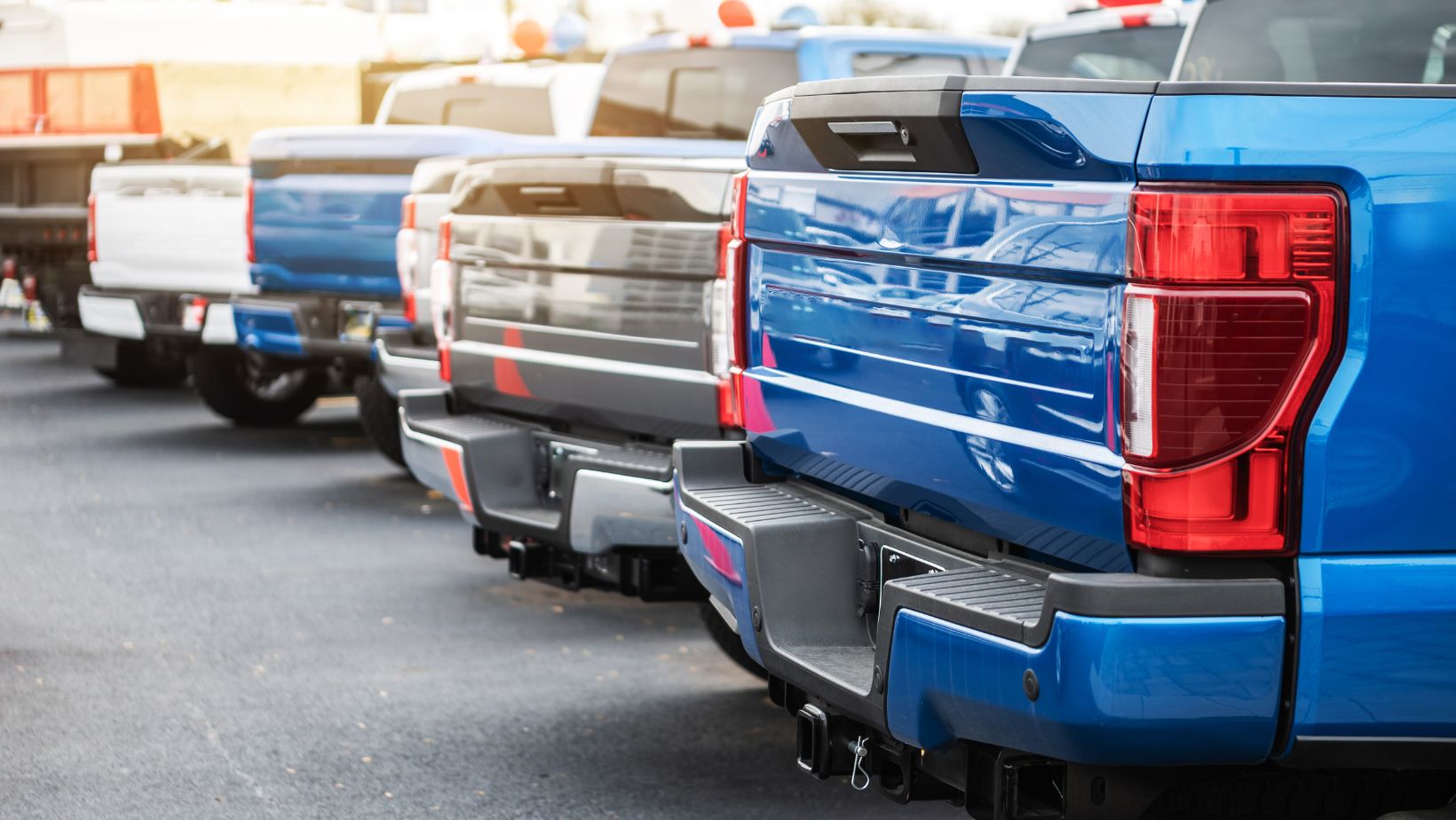
Restoring the exterior of a classic pickup truck requires dedication because it serves as a way to protect historical automotive artifacts. Restoring a classic vehicle becomes a rewarding experience when you either receive it from a family member or discover it at a local auction. A challenging restoration process requires patience, proper materials, and a clear plan to transform rusted, weathered surfaces into stunning masterpieces of craftsmanship. The restoration process of your truck creates both aesthetic improvements and financial value, making it a smart investment with emotional and monetary benefits.
Each classic pickup truck requires individualized attention for restoration because its needs depend on age, condition, and maintenance history. The guide outlines the steps for methodical project completion, including evaluation, preparation, and painting and finishing work. Your methodical approach will prevent typical mistakes while creating a strong, attractive exterior that generates admiration during every driving experience.
Assessing the Condition of Your Truck’s Exterior
The exterior restoration of your truck begins with a detailed evaluation of its present state. A thorough body examination must reveal rust damage, dents, scratches, and all other deterioration from long-term usage and environmental exposure.
 The frame, wheel wells, and undercarriage sections should receive particular attention because they tend to be most prone to corrosion. Knowing the extent of damage will enable you to develop a practical restoration schedule and expense projections. Note down all paint sections that have faded or peeled off, since these areas require extra care during preparation.
The frame, wheel wells, and undercarriage sections should receive particular attention because they tend to be most prone to corrosion. Knowing the extent of damage will enable you to develop a practical restoration schedule and expense projections. Note down all paint sections that have faded or peeled off, since these areas require extra care during preparation.
Preparing Your Truck for Restoration
The process begins after you establish a detailed understanding of your truck’s current state. Start by thoroughly cleaning the entire exterior to eliminate dirt, grease, and grime, which could impact paint adhesion. Degreaser should be used with strength to remove tough stains from the surface. Remove every removable exterior component, starting from trim parts through badges, lights, and mirrors, because this approach safeguards your work area while giving you full access to the working surfaces. The exterior of your truck requires sanding to strip away existing paint and rust before you can apply primer and paint. Specialized rust removers or converters should be used on rust patches to stop the corrosion process.
Repairing Dents and Imperfections
Fixing dents and imperfections follows the following steps: Small dents get body filler applied, which turns into a shape before becoming smooth to match the adjacent surface. You must install replacement parts for your panels’ major damage and severe rust conditions. Creating a seamless finish demands patience and attention to detail because it involves precise sanding of edges and blending repair work with original metal. Achieving perfect results depends on the quality of this initial repair work because it lays the base for flawless paintwork.
Primer Application and Surface Preparation
The application of primer begins after all repairs have been finished. Primer is a protective shield that enhances paint adhesion to metal surfaces while blocking rust formation. The primer selection requires attention because different products exist for bare metal surfaces and surfaces that have undergone repair work. The primer must be evenly distributed across the entire truck before it dries entirely so that you can lightly sand it for surface refinement. The correct primer application creates ideal conditions for paint adhesion while producing a uniform finish.
The Role of Truck Bed Liner Paint in Restoration
You should implement truck bed liner paint during your restoration project. The original function of bed liner paint to defend truck beds from scratches, rust, and wear has led to its adoption in classic restoration projects for its strong durability and distinctive appearance. This protective layer demonstrates superior durability because it resists severe weather conditions, heavy usage, and physical impacts better than standard paint finishes. A high-quality truck bed liner paint defends your truck bed and exterior components while delivering extended service life and an attractive appearance that matches your vintage restoration goals.

The market offers two bed liner coating types, including spray-on and roll-on products, enabling you to pick the application method that matches your abilities and needs. The professional-grade finish of spray-on liners results from their textured surface, but roll-on products allow brush or roller applications, which make them suitable for DIY restorers. When selecting a product, you need to pick automotive-specific, high-quality materials.
Painting Your Classic Pickup Truck
The next step involves painting your classic pickup truck after finishing the repair work, primer application, and the optional bed liner paint job. You must choose the correct paint color and the finish quality to obtain your desired visual outcome. Glossy finishes create a reflective, shiny appearance, yet matte and satin finishes produce vintage looks without excessive brightness. Using a spray gun or professional paint sprayer allows you to create a uniform coat that evenly covers every section of the truck surface. For the greatest possible finish, multiple thin coats should be applied between sanding operations. The paint needs sufficient time to cure until it reaches its final state before any potential smudges or damage occur.
Reassembling and Final Touches
After the paint cures, the truck is ready to be reassembled. You should reinstall all components you removed before, including trim, mirrors, and badges, making sure they remain clean and undamaged. After reassembly, you should polish and wax the painted surfaces to achieve a superior shine while adding extra protection. This last step enhances appearance while safeguarding your work from environmental factors.
Maintaining Your Restored Exterior
Your restored truck exterior requires proper maintenance to preserve its excellent condition. Regular washing and waxing protect the paint and bed liner coating by blocking dirt while defending against UV rays and moisture. Rust-prone areas need special attention, and you must fix any chips or scratches right away to prevent deterioration. Regular touch-ups or professional repaints will become necessary over time to maintain your classic pickup truck’s showroom appearance.


















